Tourism Industry in Iran
Legal Aspects of Constructing and Operating Tourism Establishments in Iran – Chapter one
Part one: the history of tourism in Iran
Tourism, in Iran, has several thousand years of history. There is historical evidence dating back to ancient times, before the advent of Islam, which proves the development and expansion of cities, roads, and accommodations all around Iran (also known as Persia). Written documents speak of Greeks’ and Romans’ travels to Iran. Also, in the early centuries after Islam, there were a notable number of poets and writers who traveled the Islamic territories which resulted in the many travel memoirs by which one can get familiar with geography, culture, and civilization of that era. Nasir Khusraw (1003-1077), is one of the most famous travelers of that time, who was also a philosopher, poet, and travel memoirist. Under Safavid Dynasty, and especially during the reign of Shah Abbas I, Iran attracted many travelers and tourists from Europe. For that very reason, it can be claimed that from the rule of Shah Abbas I till the time of the Safavid Dynasty decline, Iran witnessed one of the most important and considerable periods of its tourism development history.
In order to internationally publicize and introduce Iranian prominent figures and civilization, the tourism industry in Iran was officially organized by the establishment of “the Bureau of Foreign Travelers and Advertisement” within the Ministry of Interior in 1935. The bureau’s activities were limited to publishing papers and guidebooks related to Iranian touring and tourism. After September 1941, the bureau was replaced by the “Supreme Council of Tourism”, still acting under the supervision of the Ministry of Interior. In 1963, the Cabinet passed a bill to establish “the Organization of Attracting Tourists”, and the organization started their work immediately afterward. In 1974, by the annexation of the organization into the Ministry of Information, this ministry was renamed “The Ministry of Information and Tourism”.
After the Islamic Revolution in 1979, “The Ministry of Culture and Islamic Guidance” was created by merging two previous ministries of “information and tourism” and “culture and art” and all the responsibilities and duties of or related to tourism, pilgrimage, touring and traveling were integrated and organized in the “Deputy of Travelling and Pilgrimage” of this new ministry. Then, by the directive of the Supreme Administrative Council, all the duties of the “Deputy of Travelling and Pilgrimage” in the “The Ministry of Culture and Islamic Guidance” were transferred to the “Iran Tourism and Touring Organization” in order to continue activities in the form of a governmental organization. In 2019, Iran Cultural Heritage, Handicrafts and Tourism Organization (ICHHTO), transferred into a Ministry.
Part two: investment in tourism and hospitality industry
In many of the developed countries, the tourism industry plays an important role in the economy. As a result, these countries pay special attention to this industry and prosper from its positive economic outcomes by increasing their investments in it. Generally, the investors in tourism are being categorized into three main groups:
-
- Strategic investors
- Construction investors
- Financial investors
Strategic investors are individuals or corporations who invest in tourism development projects for certain profits and rights and take over the responsibility and management of the project organization. Examples are tourism enterprises and real estate developers who possess expert brands in financial planning.
Construction investors are individuals or corporations who only accept the responsibility of construction in tourism projects.
Financial investors invest in tourism development to collect profits of their shares in the projects. Examples are banks, insurance companies, property management [private] companies, real estate investment funds, and private equity funds.
It should be mentioned that according to Article 1 of “the regulations of Establishment, Modification, Completion, Grading and Pricing of Tourism Facilities and Supervision thereof”, approved in 2015, the term “tourism facilities” is used to refer to units which are established after getting necessary permits from the “Iranian Cultural Heritage, Handicrafts and Tourism Organization” and are operating in accordance with the related regulations and procedures. Examples include hotels, motels, inns, and accommodation self-catering centers such as apartment hotels, pilgrims’ accommodations, lodging houses, accommodations for eco-tourism and traditional accommodations, recreational and entertainment centers for tourists, tourist complexes, camps and areas, health tourism centers such as health complexes, hydrotherapy centers, and hotel-hospitals, districts, areas and parks of eco-tourism and rural and tribal tourism, marine and coastal tourist centers, catering and dining units on the routes, all kinds of on-road accommodation and catering establishments, catering and dining units in the airports and/or railway and bus terminals as well as hub ports, tourist dining and rest areas in the border terminals, traditional restaurants, tourist distinguished areas, health villages, tourism, and travel agencies.
Part three: tourism attractions and opportunities in Iran
Having a rich cultural, ancient and historical heritage, legends, Islamic civilization background, UNESCO-registered sites and buildings, such as Persepolis, Naqsh-e Rustam, Chogha Zanbil Ziggurat, and historical cities like Isfahan, Shiraz, Hamedan, etc. along with approximately ten thousand years of history, has turned Iran into the land of the important historical events and has consequently created unique and unmatched opportunities to invest in this country’s hospitality industry.
Considering the post-JCPOA situation and the appropriate conditions made possible by for foreign tourists who travel to Iran, one of the most important and strengthening components of this arena is having large and international hotels to host foreign tourists. This fact has caused hospitality industry investors to look differently at the Iranian market. At the moment, tourism forms a very small proportion of Iran’s GDP, while both the country’s population of nearly 80 million people and the change of global opinion toward Iran, have created new opportunities for increasing the number of visiting tourists and travelers. However, the total number of Iran’s hotels stands at about 1100 hotels among which only 130 are 4 or 5 stars. In the last three years, though, international tourists’ numbers have increased 10 percent each year which is two times more than the global average. Also, according to the “sixth 5-year Development Plan” (starting from 2017) of the government of the Islamic Republic of Iran, three hundred 4- or 5-star hotels MUST be built by the end of the development plan (2022), which indeed needs domestic and foreign investment and is being seen as an appealing market for investors. Dow Jones has a recent report on the trends of the entrance of outstanding hospitality and hotel construction brands into the Iranian market. This report has referred to famous brands such as Rotana Hotels Group (Abu Dhabi), Accor (France), Melia Hotels (Spain), and Steigenberger Hotels (Germany), which are all acting fast to enter the growing tourism market of Iran. Guy Hutchinson, the president of Rotana Hotels Group has said: “everybody is waiting for the international developments to result and we are moving forward as fast as we can. Rotana Hotels Group is building four hotels in Iran, first of which is a 5-star with 362 rooms that is due to be opening in Mashhad next year.”
It has been mentioned in the Dow Jones report that: since the Islamic Revolution in 1979 and in the absence of international contribution, the hotel and hospitality industry in Iran has been a domestic industry and many of the foreign visitors and travelers have been unsatisfied by the lack of first-class hotels in Iran. Christopher Landos, the president of Accor Hotels, believes that Iran has an extraordinary capacity in this sector from both quantitative and qualitative points of view. Accor Hotels Group, opened two hotels, Ibis and Novotel, next to IKA (Imam Khomeini Airport) in Tehran and they are now working on 10 other projects in Tehran and Mashhad as well. Accor Hotels Group are among the first foreign investors in the hotel and hospitality industries which entered the Iranian market more than one year ago and now their senior executive officer in Iran speaks of the probability of building 100 hotels in Iran in the next 10 years.
Part four: Iranian public and private institutions related to the tourism industry
A: Iranian Cultural Heritage, Handicrafts and Tourism Organization
With the approval of The Supreme Administrative Council April 5th, 2006, and in order to improve and develop the handicraft industry and to collaborate Tourism industry development policies more effectively, The Handicraft Organization of Iran, with all of its duties, legal obligations, and responsibilities, authorizations, property, commitments, credits, facilities and human resources was divided from The Ministry of Industries and Mines (now known as the ministry of industry, mine and trade) and integrated into the Iranian Cultural Heritage and Tourism Organization; a process which consequently led to the formation of the new governmental body: “The Iranian Cultural Heritage, Handicrafts and Tourism Organization”. Now, this new organization is in charge of all affairs related to the tourism industry and its related infrastructures in Iran. The subject and objectives of this organization have been outlined in article 2 of “The Articles of Association of Iranian Touring and Tourism Organization” which is now yet another integrated body in this new organization.
By the end of 2006 and in order to fulfill the provisioned organizational plans and missions, and to investigate the improvement of effectiveness and efficiency of activities and operational plans in different sections, it was decided to separate activities related to tourism services and investment in an internal section. To make this possible, “the Deputy of Investment and Plans” was established to integrate and regulate actions and operations related to creating tourism infrastructures and establishments, attract Iranian and non-Iranian investors, suggest bank and financial facilities to the investors, and offer developmental plans for infrastructures of cultural heritage, handicrafts, and tourism section while other activities in tourism are being devolved to another deputy called “the Deputy of Tourism Affairs” which has been assigned to pursue and do all tourism services and standardization of the related facilities and establishments.
The deputy of investment and plans has its own sub-divisions such as the bureau of bank facilities and finance, the bureau of the distinguished tourist areas and infrastructures, and the bureau of NGOs and communities. Generally, the main goal of the deputy of investment and plans is to attract money and raise funds in order to develop tourism infrastructures in Iran by issuing related governmental permits, supervising the approved plans, and providing support and assistance to get bank facilities in order to fulfill tourism plans and projects.
B: Tourism Bank of Iran
In accordance with article 98 of “The Act of the Third Economic, Social, and Cultural Development Plan of the Islamic Republic of Iran and the Single Article Act of Non-governmental Banks Establishment Permit” and other related regulations, the Tourism Bank of Iran succeeded to get the official permit to operate and was registered in 2010 under these arrangements and regulations. The bank’s Operating Permit was issued the same year. Operating and fully complying with monetary and financial laws and regulations of Iran, the Tourism Bank of Iran is a financial institute that is pursuing objectives like maximizing sustainable and long-term benefits of shareholders by offering new credit and financial services nationwide, and hopefully in near future, outside the country. It has been told that with an emphasis on the tourism industry, this bank will specifically rely on the vast arena of tourism for spending its resources.
Among the products and services which this bank has to offer are facilities for the establishment and building tourism projects especially for tourism activists in order to develop tourism infrastructures of the country as a means to support tourism activities and industry. These facilities are based on Islamic contracts and civil partnerships. Advantages of such facilities include but are not limited to:
-
- Appropriate planning for the project and gradual cash funding for it
- Partnership with the bank as an assured, reliable and stable organization and certainty about the outcomes
- More precise economic management on the operations by using bank facilities
C: Iranian Touring and Tourism Investment Company
Based on decisions made by special representatives of the president of the Islamic Republic of Iran, the ownership of the Iranian Touring and Tourism Organization and the government in the properties and assets and other equities, bonuses, rights, commitments, equipment and establishments, lands, accommodations, catering and dining centers, recreational, entertainment, and sports buildings and complexes, as well as all the shares of this organization in Iranian Guest Houses Development Corporation, should be equally transferred to National Pension Fund of Iran and The Social Security Organization of Iran. To achieve this, the transferees established Iranian Touring and Tourism Investment Company in the middle of 2000 for the following objectives:
-
- To provide managerial, financial, administrative services and administration, construction, acquisition, renting and leasing, purchase, operation, sale, maintenance of any kind of touring and tourism establishments and services such as hotels, restaurants, rest areas, etc.
- To pursue necessary actions to attract Iranian and non-Iranian travelers and tourists.
- To construct and operate restaurants in the cities or on the routes and their related surrounding units.
- Investment, partnership, and collecting money and fundraising from Iranian and foreign investors for all of the above-mentioned areas.
Immediately after being established, organized and consolidated legal and financial ownership on its properties, assets, and establishments and as the very first practical step taken, the Iranian Touring and Tourism Investment Company built the first and the largest chain group of nationwide guest houses under the commercial term “Iranian Touring and Tourism Guest Houses Group”. Considering the geographical distribution of the guest houses, hotels, and rest areas of this group on one hand and the arrangements foreseen and to be set in the near future, the group is planning to develop their services both quantitatively and qualitatively relying on their well-experienced human resources and enter the international tourism industry by introducing natural, social and cultural attractions to the world and provide appropriate conditions for national employment and improve earnings in foreign currencies by optimal utilization of national resources.
D: Iranian Cultural Heritage and Tourism Investment Group Co. (SEMEGA)
As the first private (nongovernmental) sector member in UNWTO, the Iranian Cultural Heritage and Tourism Investment Group Co. (SEMOGA) have set their primary objectives as the development of the Iranian tourism industry, shareholders’ profits, investment in this area by using public contributions and finally creating an atmosphere in which all the interested individuals and groups regardless of being Iranian or non-Iranian can freely play an effective role in the development of tourism infrastructures of Iran.
In order to bring more coherence and discipline into the activities in the tourism arena, and to accelerate the development of the whole industry by increasing incomes, Iranian Cultural Heritage and Tourism Investment Group Co. (SEMEGA) was registered and established in July 2009 with an initial capital of 200 billion IRR (now almost equal to 6,180,000 USD). Being accepted in Iran Fara Bourse (IFB) market in 2010, SEMEGA is now acting as a financial institution devoted to the development of the Iran tourism industry and has succeeded to increase its initial capital to 800 billion IRR (near 25 million USD) by the extensive contribution of their supporting shareholders. The company has been able to expand its operations in the capital market and all other segments of the industry’s value chain and is now planning to increase its capital to 2,000 billion IRR (62 million USD) in order to achieve its preplanned objectives. SEMEGA as the first private sector member of UNWTO (in Iran), has always looked to the international markets and has done its best to attract international cooperation and partnerships to enhance its business.
Also, it has been noted that among the many advantages and features of SEMEGA are having access to expert and experienced human resources, financial resources, and simplicity and velocity in taking action and fulfilling projects.
E: Tourism Holding of Tamin Ejtemaei
The Tourism Holding of Social Security Organization is known as the biggest active company in tourism which is comprised of seven sub-companies such as RAJA Rail Transportation Company and Homa Hotels Group. The company’s vision is about expansion to other companies in the tourism industry. Welfare and Tourism Company of Social Security Organization, as an instance, has started operations and activities since 2013 as one of the sub-companies of Tourism Holding of Social Security Organization. The holding is still expanding and other operational sub-companies include Tamin International Tourism and Aerial Travel Company, the Abadgaran Iran Tourism and Welfare Complexes Co., Anzali Dehkadeh Saheli Residential Complex, and Refah Gostar of Social Security Organization.

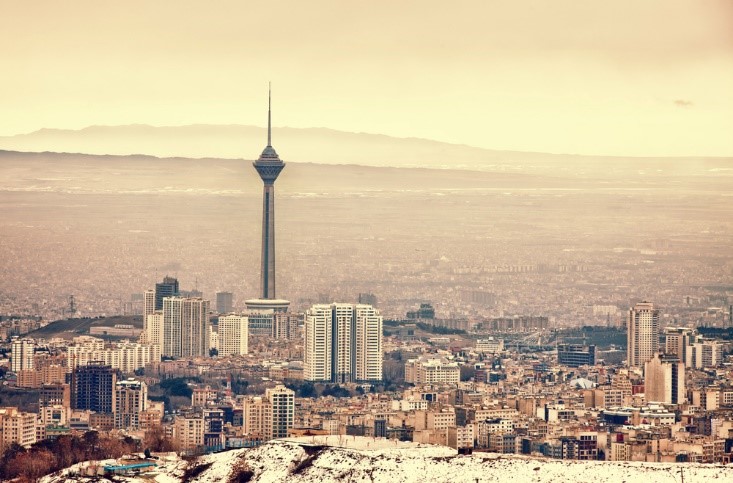

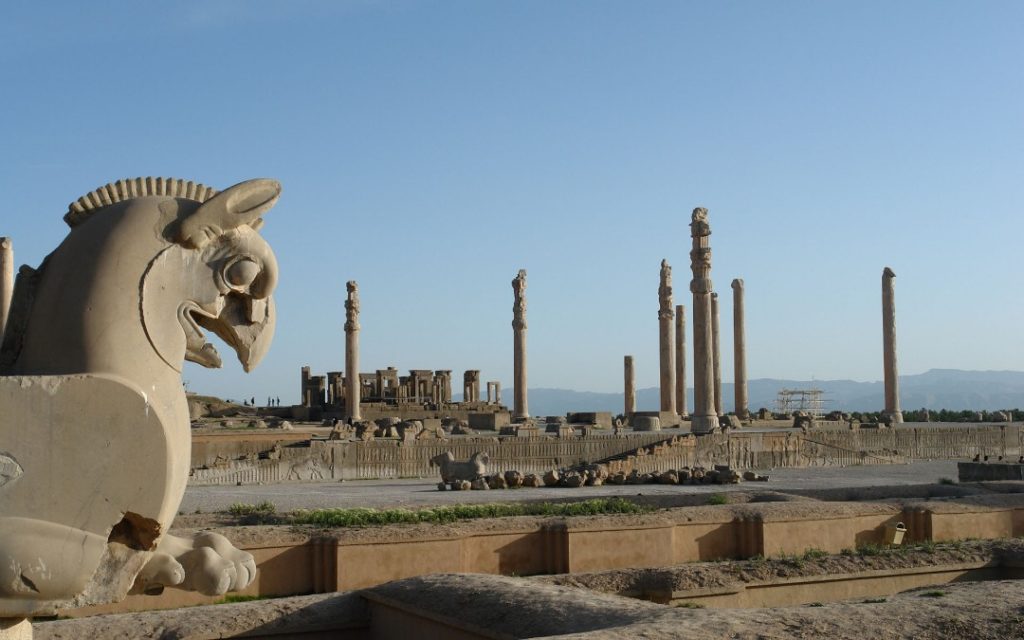
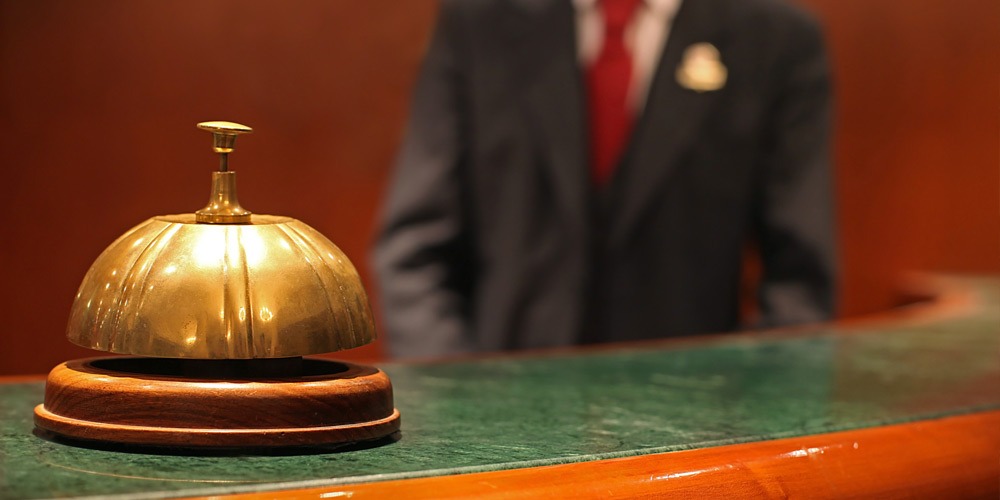


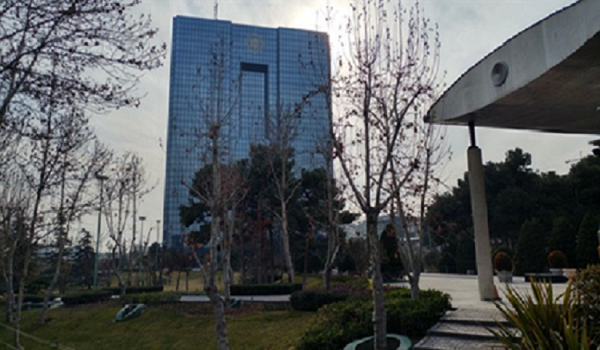
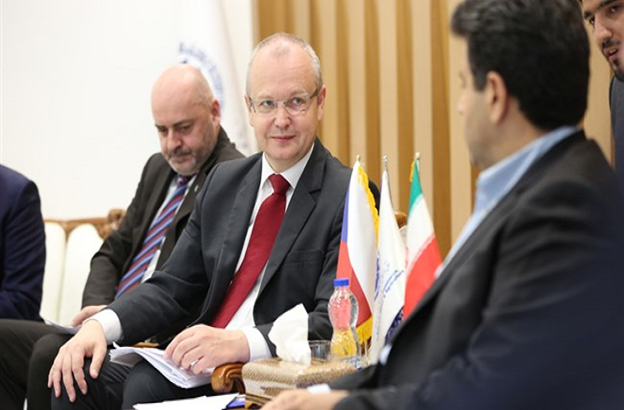
Thank you for the sensible critique. Me & my neighbor were just preparing to do some research about this. We got a grab a book from our area library but I think I learned more from this post. I’m very glad to see such fantastic info being shared freely out there.
I like this weblog very much so much fantastic info .
I am now not sure where you’re getting your information, however great topic. I must spend some time studying much more or working out more. Thank you for wonderful info I used to be on the lookout for this information for my mission.